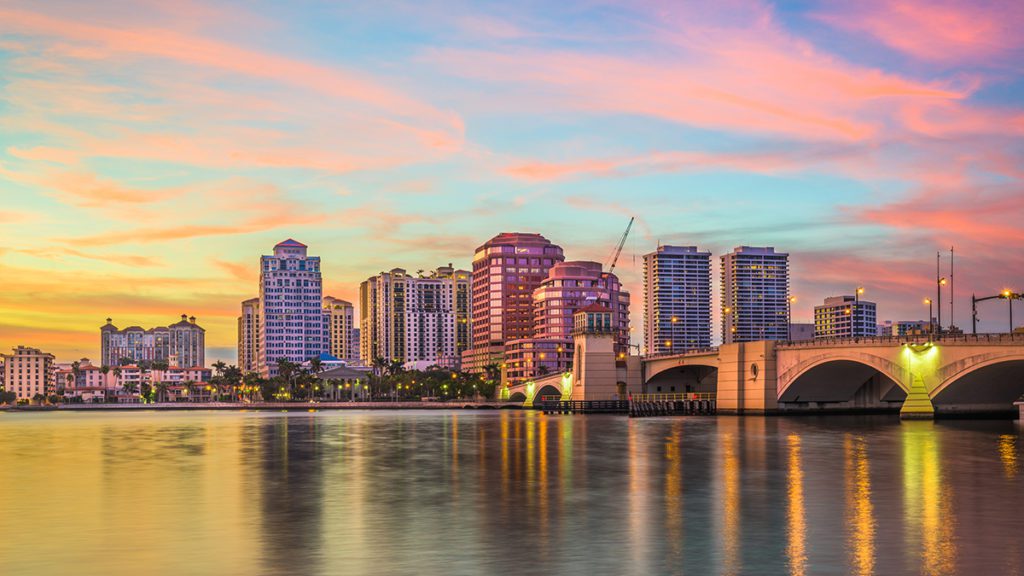American industrialist Henry Morrison Flagler (1830-1913), co-founder of Standard Oil with John D. Rockefeller, developed the Atlantic Coast of Florida. He built the Florida East Coast Railway to connect Florida with all points north. And “The father of Miami” also founded Palm Beach.
“But that any man could have the genius to see of what this wilderness of waterless sand and underbrush was capable and then have the nerve to build a railroad here, is more marvelous than similar development anywhere else in the world,” George W. Perkins of J.P. Morgan & Co. commented on the unexpected death of Henry Morrison Flagler, a prominent member of that class of Americans that belonged to the Gilded Age. He was 83 years old when he fell down the marble stairs of his palatial home, Whitehall. The man who developed the desolate, poverty-stricken, and undeveloped Florida peninsula into America’s No. 1 tourist destination and winter playground for the rich had stamina and perseverance. He never got out of his bed after that fall; he wasn’t ready to go. So, he scrapped and struggled with the Grim Reaper for two painful, tenuous months before he finally gave up the fight.
Flagler was not the first to see the raw beauty—and potential—of that part of the Florida peninsula then called Lake Worth when he first ventured upon it. Named after Major General William Jenkins Worth, who fought in the Second Seminole War, it was not until 1872—seven years after the end of the American Civil War—that permanent pioneers attempted to clear the wild and formidable land to plant crops. The settlement took its name six years later, in 1878, when a ship called the Providencia was wrecked and washed ashore. Its cargo was coconuts bound from Havana to Barcelona, which the settlers claimed as salvage, and planted the coconuts, which grew into palm trees. From this, Florida’s non-indigenous, most famous tree was established—and so was Palm Beach.

What had been barren and bleak became lush and bountiful, and in 1880, the Coconut Grove House opened to tourists who came to see this newly discovered part of the country. Over the next decade, hotels and businesses sprung up to cater to the rapidly growing number of winter residents. In 1894, Henry Flagler opened the Royal Poinciana Hotel and two years later, his Florida East Coast Railroad was delivering Northerners to its doorstep—literally—as railroad tracks had been laid across Lake Worth. Flagler built more hotels to accommodate tourism, which he had almost single-handedly created as Florida’s No. 1 industry. He built the Palm Beach Inn, which he renamed The Breakers after the inquiries of many guests who asked for a room “down by the breakers.” It was destroyed by fire twice—in 1903 and again in 1925—and rose from the ashes as the magnificent stone structure that is a Palm Beach landmark today.
Flagler, the Gilded Age Captain of Industry who made a kingdom out of an island, would be pleased to see how Palm Beach has evolved, a century later, into an elegant community and favorite watering hole of the rich, famous, and infamous. Today there are 9,000 permanent residents and 20,000 part-time residents. Worth Avenue, named also for Major General Worth, is one of the toniest shopping avenues in the world. And there’s three miles of public beach, world-class golf and tennis, yachting, that make for a supremely enjoyable leisure lifestyle. This said, it is important to note that Palm Beach residents donate more money per capita to charities than any other community in the United States. And though its roots are deep in the late 19th century, Palm Beach is the greatest enclave of Mid-Century Architecture in the United States and a mecca for Mid-Century enthusiasts.

